Some years ago I worked for a few months in a school for special needs children, tutoring them in basic horticulture. I knew that whatever we did these children would struggle in their future lives, as the world is a harsh place. So my strategy was to enable them to improve their lives by growing their own food. As you know by know, I am passionate for food self-reliance and I hate people going hungry.So alongside basic gardening skills, I taught the lads oyster mushroom production. This is something that they could do on a window ledge at home. I say lads, because sadly few girls would volunteer for the course, despite my efforts to persuade them.
You can see oyster mushrooms growing wild in the picture below. There are several types,all of which grow on wood. One,golden oyster, is an Indian variety and is considered a gourmet mushroom in demand in restaurants. I have never grown this variety, though I have grown two varieties of oyster fungus.
The technique is simple and can be used by young children. You buy in the oyster spawn from a mushroom spawn producer. This is in the form of grain spawn, grains inoculated with oyster mushroom spores. You stuff it into a toilet role.Now here is a tip. Apparently oyster mushrooms have a taste for tea [they must be British!] so before you insert the grain spawn soak the toilet role in tea. Then keep it in a moderately warm place, ensuring that the roll is kept moist. You can do this with a spray gun. Use a mist of water rather than a jet. Golden oyster needs more heat than other varieties do,as it is a native of India, a hot country.
This basic technique can be applied on a much larger scale with a variety of materials. I have grown oyster in a plastic bag stuffed with straw and obtained results.
You will begin to see a flufffy network developing. This is the mycelium, the network of threads that constitute the body of the fungus, of which the visible fungus is the fruit. Soon you will see little black or grey spots developing on the surface, and they will grow into mushrooms.
Now here is an important tip. Oyster mushroom does not keep for very long when picked, so eat it soon after picking. I think it excellent as an ingredient of stews, pies and meat dishes in general. But while this is a limitation of oyster it has advantages to the grower.It is easy to grow, and it can grow on paper [as long as there are no fungicides in it] straw and wood, as long as it has not been dried out. It also has the ability to completely digest hydrocarbons, as Paul Stametz, the mushroom expert, found out when he applied it to a heap of oil-polluted soil. The mushroom digested all the hydrocarbons, and when he tested the mushrooms he found that no trace of the hydrocarbons remained in their flesh. The mushroom had eaten the lot.
Another point for smallholders is that when the mushroom substrate is exhausted the remnants can be used as chicken fodder, for the chickens will peck happily at it. As it is not kitchen waste it is not subject to the ban on feeding chickens kitchen waste that is in force in the UK.


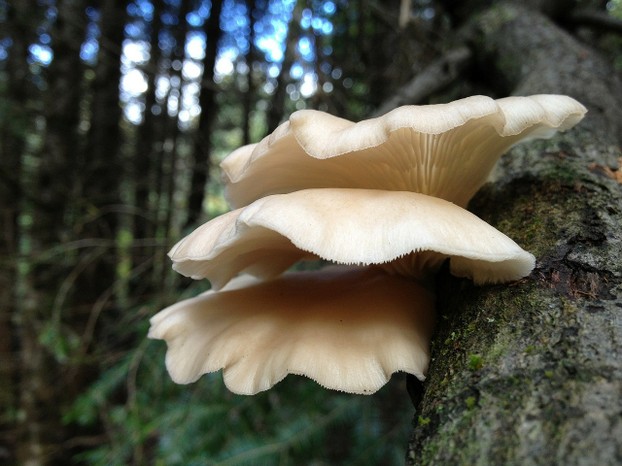
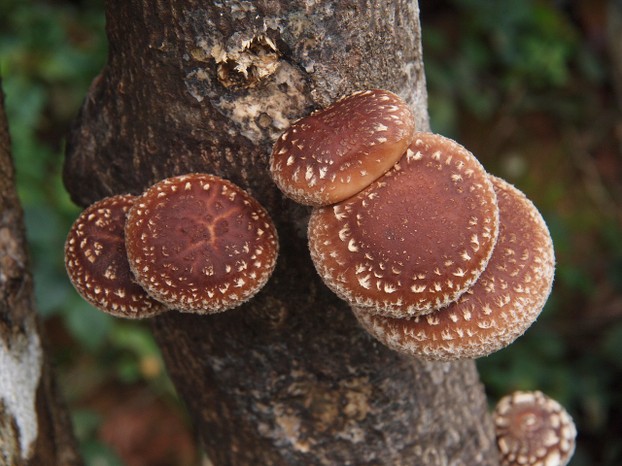


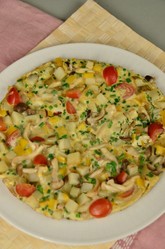

 TheThousand Year Gardenon 11/26/2025
TheThousand Year Gardenon 11/26/2025
 Women of the Gospelson 10/11/2025
Women of the Gospelson 10/11/2025
 Religious Gardenson 08/25/2025
Religious Gardenson 08/25/2025
 Doctor of the Church: John Henry Newmanon 08/03/2025
Doctor of the Church: John Henry Newmanon 08/03/2025

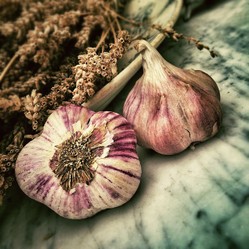
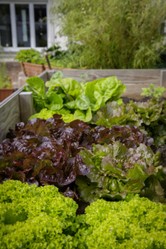
Comments
If only we knew.
Your comment Sep. 1, 2017, in answer to my previous, same-day question acquaints us with black truffles as growable in “a narrow band along the south coast.”
Your comment Feb. 23, 2021, assures us of no precedent for greenhouse-growing of the more desirable white truffles.
Might black truffles be growable with the “right temperature and soil”? Or would their lesser status not warrant the effort?
A meat pie, maybe of red meat such as beef or venison is ideal. Oyster can go well with game [wild boar, hare, pheasant, partridge, grouse.] Mushrooms of many kinds go well with chicken.
In re-visiting this lovely article on home-growing mushrooms, I remembered a question that I meant to ask the first time around. What kind of pie would oyster mushrooms serve as ingredients in?
It would need to be a greenhouse containing trees.
No one has ever tried to grow white truffles in a greenhouse, to the best of my knowledge. You would need the right temperature and soil.
Is it possible that the white truffle could grow in a really supportive conservatory or greenhouse? (The main character in The Concert by Ismail Kadare manages a beautiful lemon tree within her apartment, against all odds. So I wonder if life can follow art in this case, of somewhere out there there's a way for white truffles to figure among gardening accomplishments on the other side of the pond.)
Derdriu, I need to amend what I said about truffles. Attempts to grow them in England have had very limited success. But in the South West there are people who forage for them, but where I live in North West England there is no chance of any truffles growing.
There are experiments in planting trees whose roots are innoculated with truffle spores, but success has been limited and no one knows why.
Truffles are mainly an imported delicacy.
The truffle only grows in a narrow band along the south coast,but only the black truffle grows; despite many efforts, the white truffle has never grown in England. The limited area in which truffles grow means that truffle growing is not as popular north of the channel as it is south of it.
frankbeswick, Have truffle-hunting and truffles ever been as popular north of the English Channel as they are south?